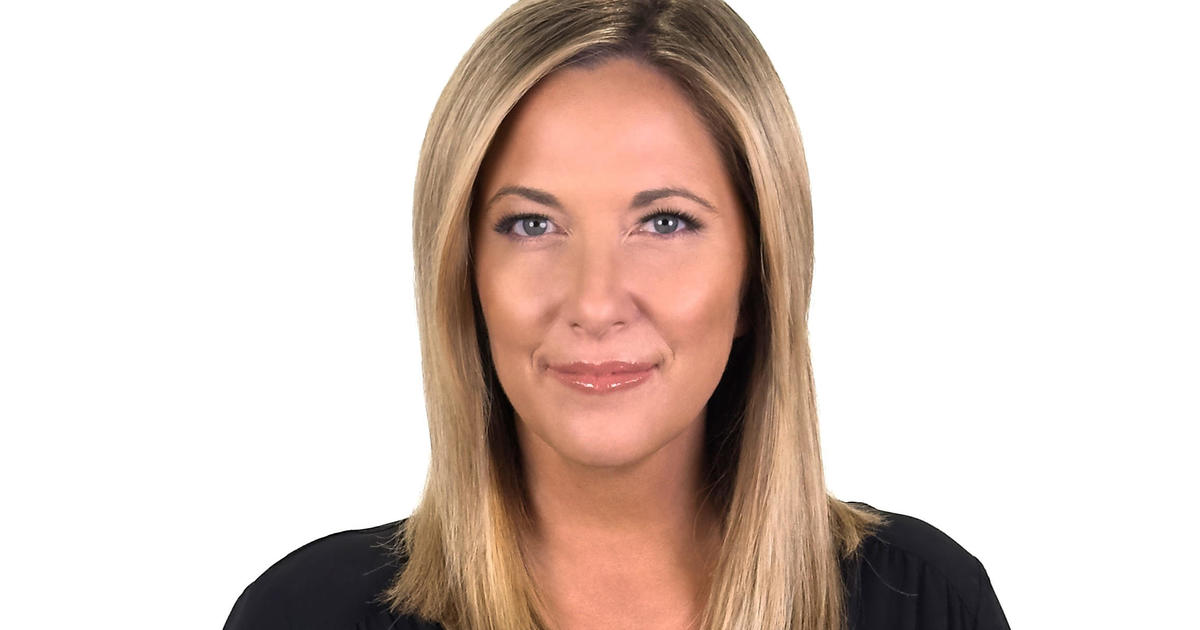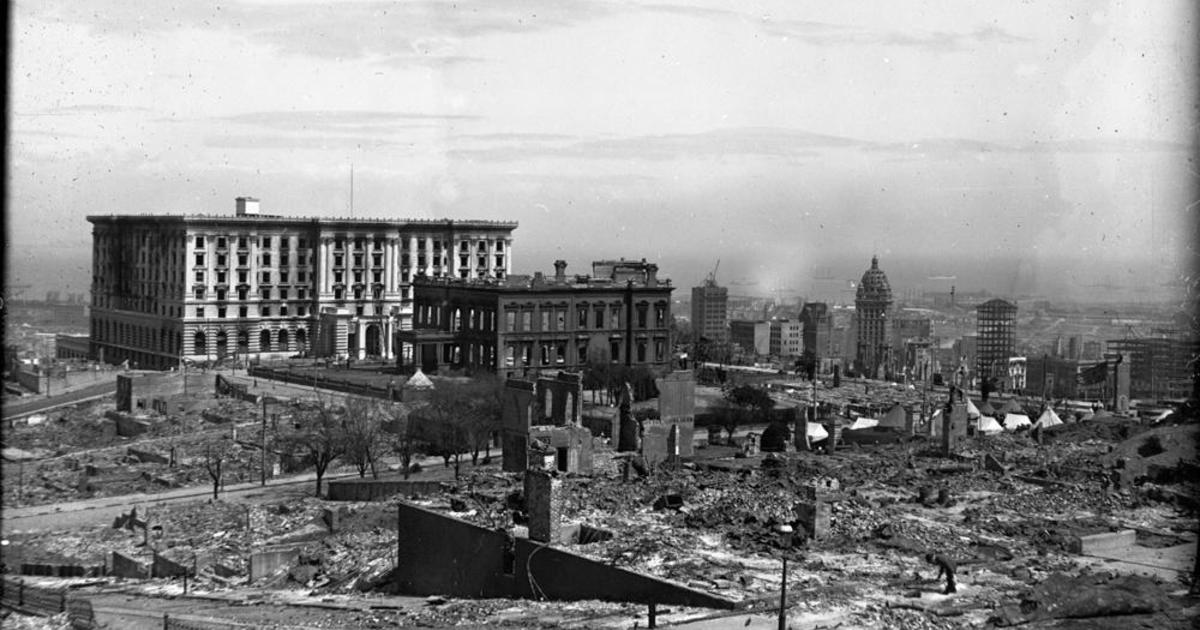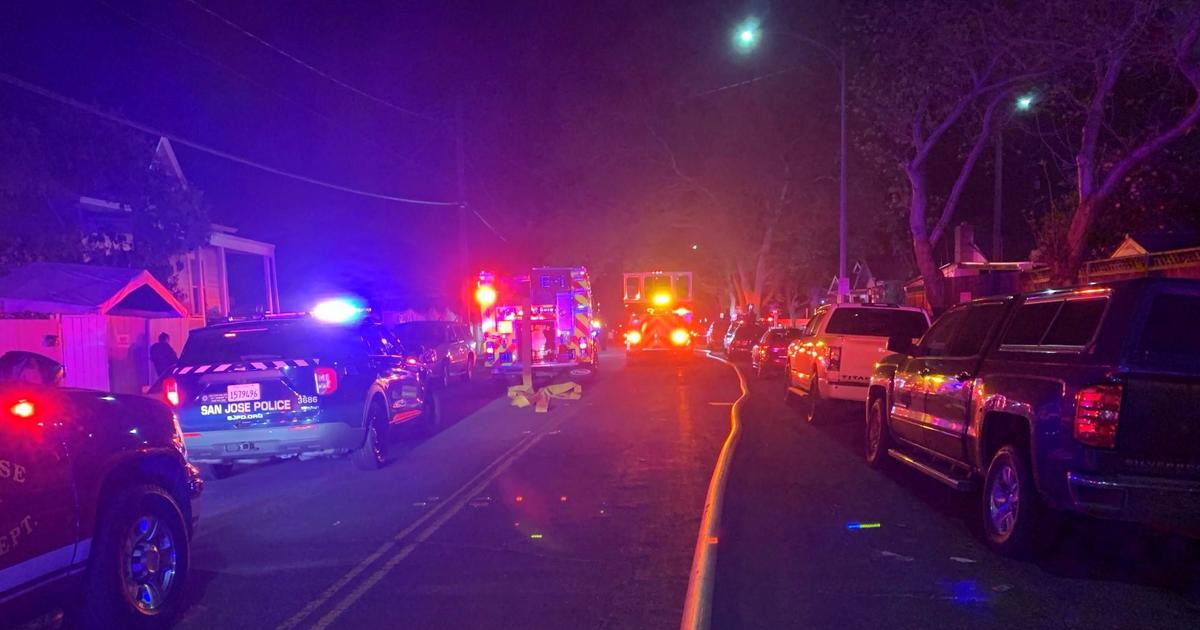Coronavirus Update: State's Success At 'Flattening The Curve' Likely Delays, Reduces Case Surge
SACRAMENTO (KPIX 5) -- Through February and much of March, California Governor Gavin Newsom warned that the state could be headed for a COVID-19 disaster with overwhelmed hospitals and a lack of vital health care equipment. Now, people in other parts of the country are getting ventilators on loan from California that the state does not yet need.
Thanks to Californians abiding by the stay-at-home order and the widespread practice of social distancing, the curve has, in fact, been flattened.
"Our model shows that were are not at peak in a week or two," Newsom said of the state's new projections Tuesday. "We are seeing a slow and steady increase, but it's moderate."
Multiple models now show California's coronavirus case curve flattened, with the state heading towards what could be called a soft surge next month.
"We know that the bending or the flattening of the curve means two things: it means our peak comes down, but it also goes further out," explained California Secretary of Health and Human Services Dr. Mark Ghaly.
"So the thinking is around May or late May in particular," Dr. Ghaly said of the peak, which is not expected to exceed California's ability to manage it.
This scenario, a serious but manageable wave of infections in California, was a prediction one expert gave KPIX last month.
"I do think that we will be able to limit the spread. I just don't know where it will stop," Dr. Bonnie Maldonado of the Stanford School of Medicine said on March 11th. Four weeks later, her forecast has held true.
"We did really think that we could keep people apart," she said. "And if you did it properly, that would prevent us from spreading."
As for what an exit strategy might look like for California, that is something health experts have been considering since the mitigation measures were being put in place.
"I think we kind of had that in the back of our minds from the beginning," Maldonado said. "But we just wanted to see if this would work. And we always thought, 'How do you peel it back? What if we do that and the virus is introduced from somewhere else?' I do think we're going to have to watch out for a re-introduction. Because it's pretty clear that there are still going to be people who have been affected, and we don't want them to start a second wave."



